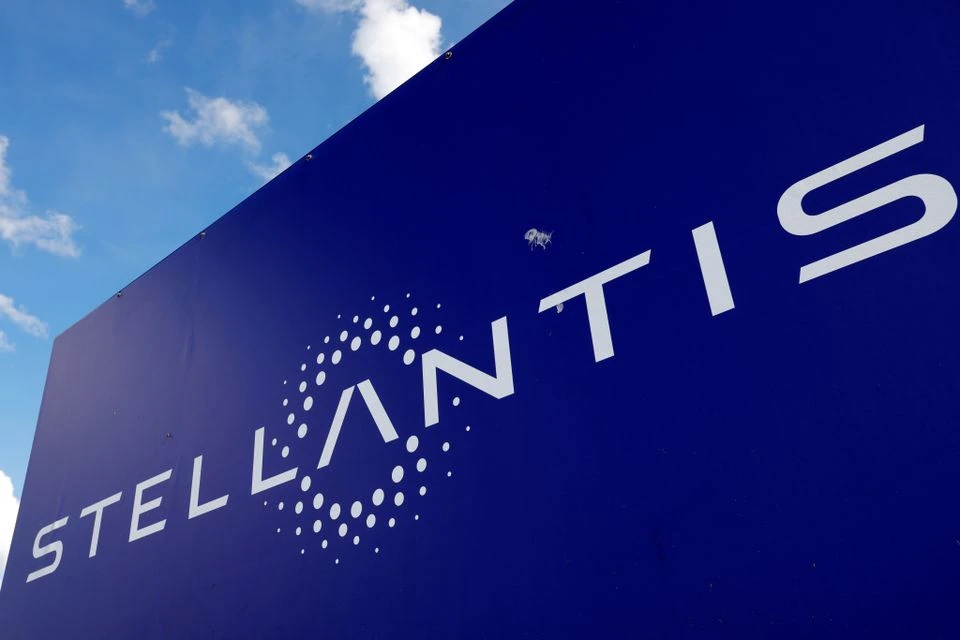By Giulio Piovaccari and Gilles Guillaume
Summary
April 13 (Reuters) – Stellantis (STLA.MI) Chief Executive Carlos Tavares on Wednesday took a bullish stance on the U.S. market despite rising fears of a downturn, as the carmaker’s shareholders voted against the 2021 compensation package for top executives.
Speaking at the carmaker’s annual shareholders’ meeting, Tavares said Stellantis was confirming its forecast for double-digit operating income margin this year, and added that expected sales in North America, especially in its highly profitable U.S. business, should rise 3%.
Despite these results, just over 52% of Stellantis shareholders voted at the meeting against the 2021 executive remuneration report for senior managers, including Tavares.
“Today’s vote on remunerations is only consultative, so the remuneration report for 2021 will be implemented,” a source close to the matter told Reuters.
Chairman John Elkann said Stellantis would take into account the shareholder vote, which he described as a recommendation.
“It is our conviction as a board that in a meritocracy, rewarding on the basis of performance criteria is a fundamental element of our policy,” Elkann told shareholders. “We will take on this vote which is, again, a recommendation”.
French state investor BPIFrance, which owns a 6.15% stake in Stellantis, was among those who voted against the pay package.
Stellantis said later on Wednesday it was taking note of the feedback resulting from the advisory vote on the remuneration report and would explain in the 2022 remuneration report how this vote has been taken into account.
Tavares also said the company expected sales to be up or stable in all of its major markets in 2022 and reiterated a forecast for a positive cash flow at the end of this year.
Light vehicle sales fell 17% in the United States in the first quarter, as a global chip shortage and the Ukraine crisis squeezed inventories and rising prices pushed less affluent buyers out of the market.
Research firm Cox Automotive last month cut its forecast for U.S. car and light truck sales in all of 2022 to 15.3 million vehicles, down 700,000 from its January outlook which pointed to a 7% increase versus 2021.
It however added the caveat that hitting the new target will require significant improvement in supply chain disruptions. read more
($1 = 0.9206 euros)









